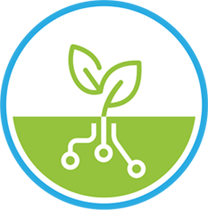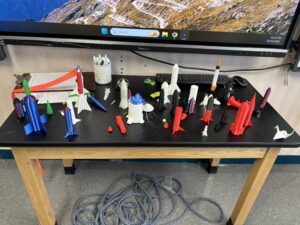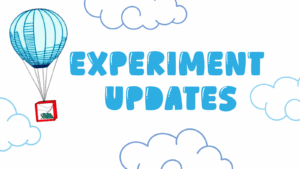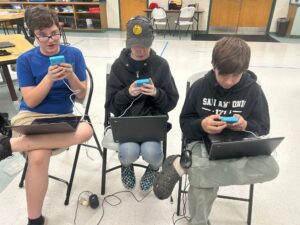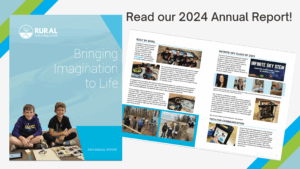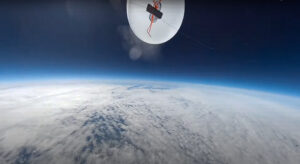What happens when students get the chance to send their own experiments to the edge of space? That’s exactly what our Infinite Sky educators are about to find out! Five classrooms across the country are working on their unique CubeSat experiments that will launch into the upper atmosphere, where temperatures drop, radiation rises, and Earth’s familiar environment starts to give way to the unknown.
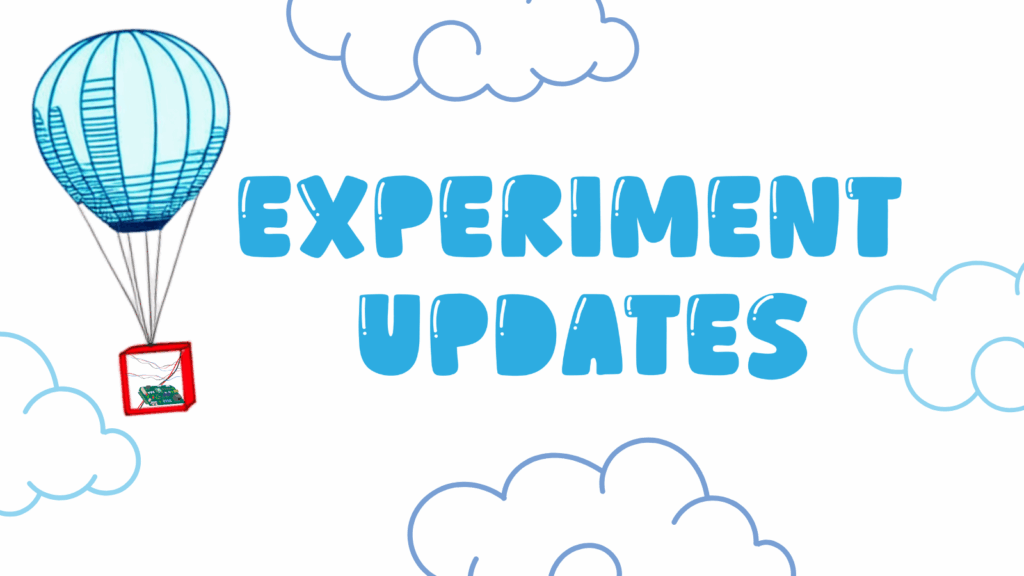
Each Infinite Sky educator has designed a creative project with their students that blends classroom learning with real-world science. From studying seed growth in near-space conditions to mapping UV radiation levels, these experiments will give students hands-on experience with data collection, analysis, and scientific inquiry — all while sparking their curiosity about what lies above. Meet our cohort two educators here.
Let’s take a look at what each team has planned:

At Ring Lardner Middle School, science is anything but abstract. With nine Gardyn hydroponic systems already in action, Amy Gourlay’s seventh graders are seasoned growers, cultivating lettuce seeds that have flown on Blue Origin and peppers identical to those grown on the International Space Station. Now, they’re taking their curiosity one step higher.
Their experiment asks: “How does the upper atmospheric environment affect seed germination rate and overall plant growth?” To find out, students will send two sets of seeds (one protected, one not) up in their CubeSat while keeping identical control samples on Earth. After recovery, the seeds will be germinated in the hydroponic systems, with students tracking germination timelines and biomass across all four groups. “We love finding ways to connect what we learn in class to real-world science,” Amy says. “This project is a perfect way to bring space agriculture down to Earth.”
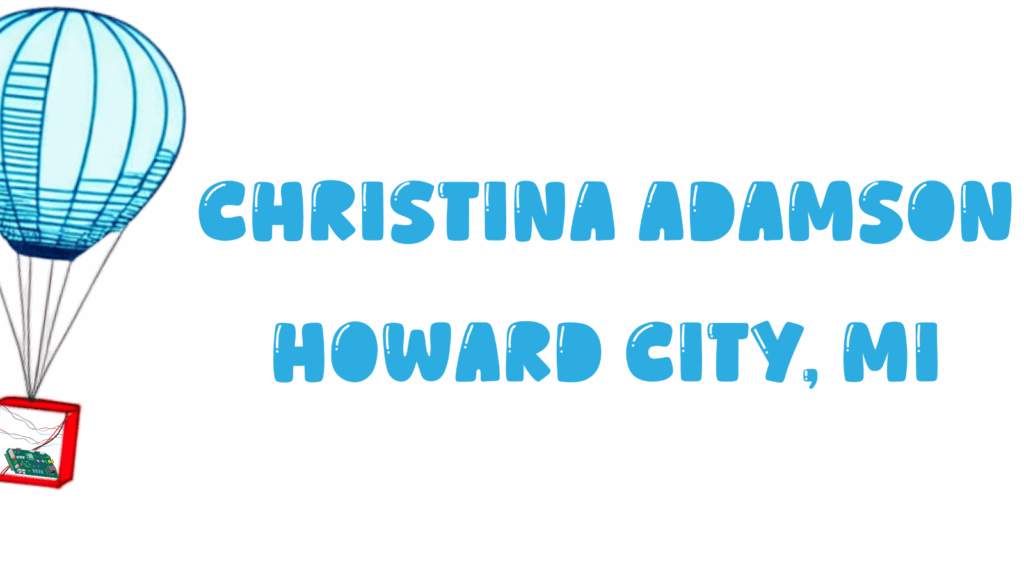
Christina Adamson’s students are crafting a detailed atmospheric and solar irradiance profile, essentially building a vertical “map” of temperature, pressure, and light intensity from ground level to the edge of the atmosphere.
Using a combination of barometric sensors, photosensors, accelerometers, and gyroscopes, they’ll measure how light levels and environmental conditions change as their CubeSat climbs higher. By timestamping all their data, they’ll create an altitude profile that reveals how weather and solar intensity shape the upper atmosphere. “We want students to see the layers of our atmosphere in action,” Christina explains. “It’s data they collected themselves, not something pulled from a textbook.”
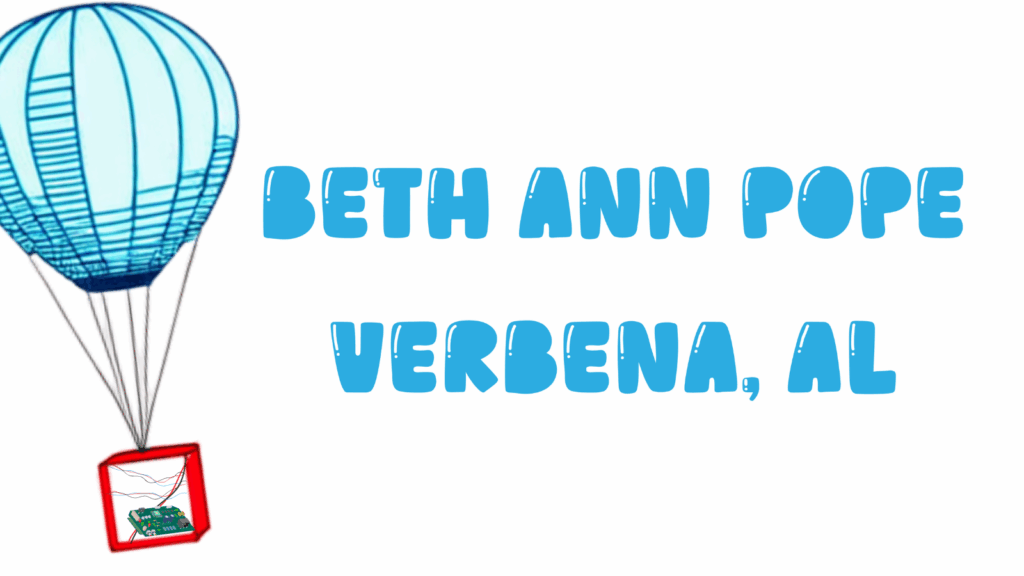
Beth Ann Pope’s sixth graders are transforming their CubeSat into a flying weather station. During their high-altitude balloon mission, students will collect sensor data as the payload climbs between 80,000 and 110,000 feet, soaring through multiple layers of the atmosphere.
Temperature and pressure sensors will reveal how conditions change with altitude, while a light sensor will track sunlight intensity as the air thins. Accelerometers and gyroscopes will record every twist, turn, and bump, helping students analyze the forces at play. After the flight, they’ll dig into the data to uncover patterns between altitude, environmental conditions, and motion. “It’s one thing to read about the atmosphere,” Beth Ann explains. “It’s another to measure it yourself as your own experiment sails toward space.”

High school students at Lafayette County C-1 are taking on a cosmic mystery: How does the upper atmosphere filter harmful UV radiation? Using an Adafruit UV sensor alongside temperature, pressure, and humidity sensors, Christa Bell’s students will collect data as their CubeSat emulator ascends to nearly 100,000 feet.
Their mission focuses on measuring UV irradiance and understanding how atmospheric density affects UV transmission. By comparing their findings with publicly available ozone data, they’ll get a clearer picture of how Earth’s atmosphere shields us from the sun’s rays. “This is hands-on science that connects to real environmental challenges,” Christa says. “We’re excited to see our data line up with what satellites and scientists observe.”
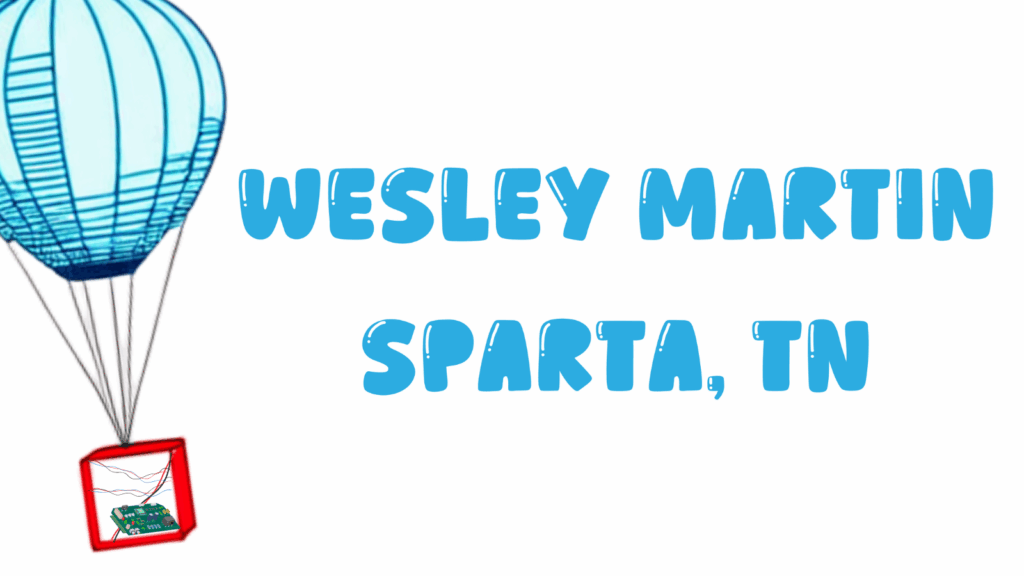
Wesley Martin’s project focuses on understanding radiation and storm dynamics in the upper atmosphere. Students will use light sensors to measure UV and IR radiation through the troposphere and stratosphere, comparing these findings with local weather reports to see how conditions affect readings.
Their secondary goal is to analyze atmospheric turbulence using accelerometers and gyroscopes. By studying changes in linear acceleration and angular velocity, students will investigate how pressure shifts and storm intensity impact CubeSat stability. “It’s a real-world science and engineering problem,” Wesley notes. “We’re asking our students to interpret messy, dynamic data — just like real scientists do.”
🚀 Stay Tuned for Launch!
Each of these projects represents lots of planning, creativity, and collaboration. As the launches approach, students will test their instruments, refine their hypotheses, and prepare to send their experiments to the edge of space. Once the CubeSats return, the real fun begins — analyzing the data and discovering what their flights revealed.
We can’t wait to follow along as these young scientists explore the unknown.
